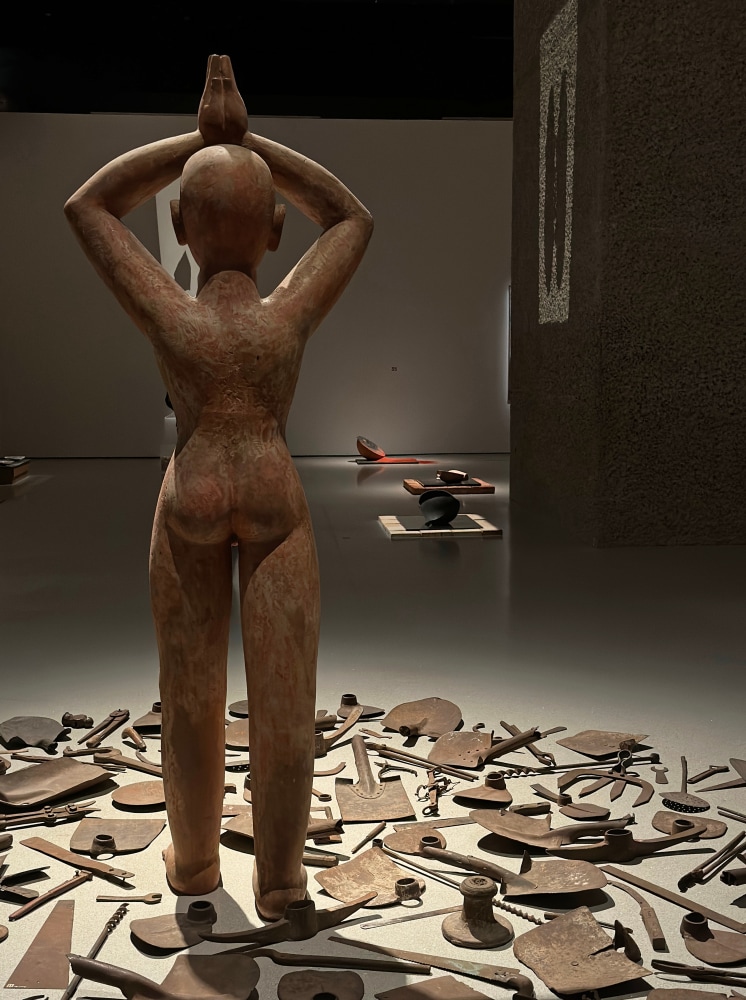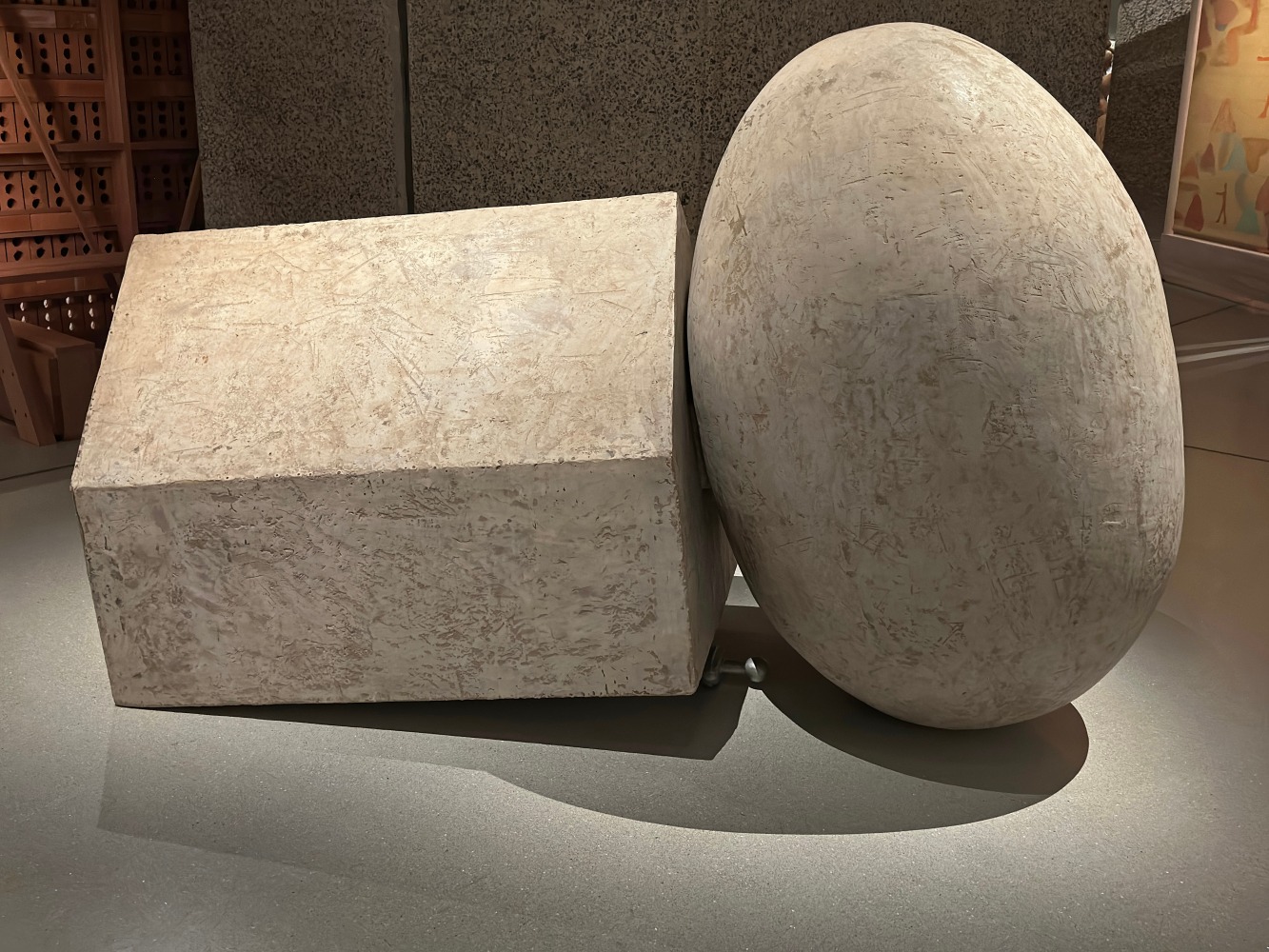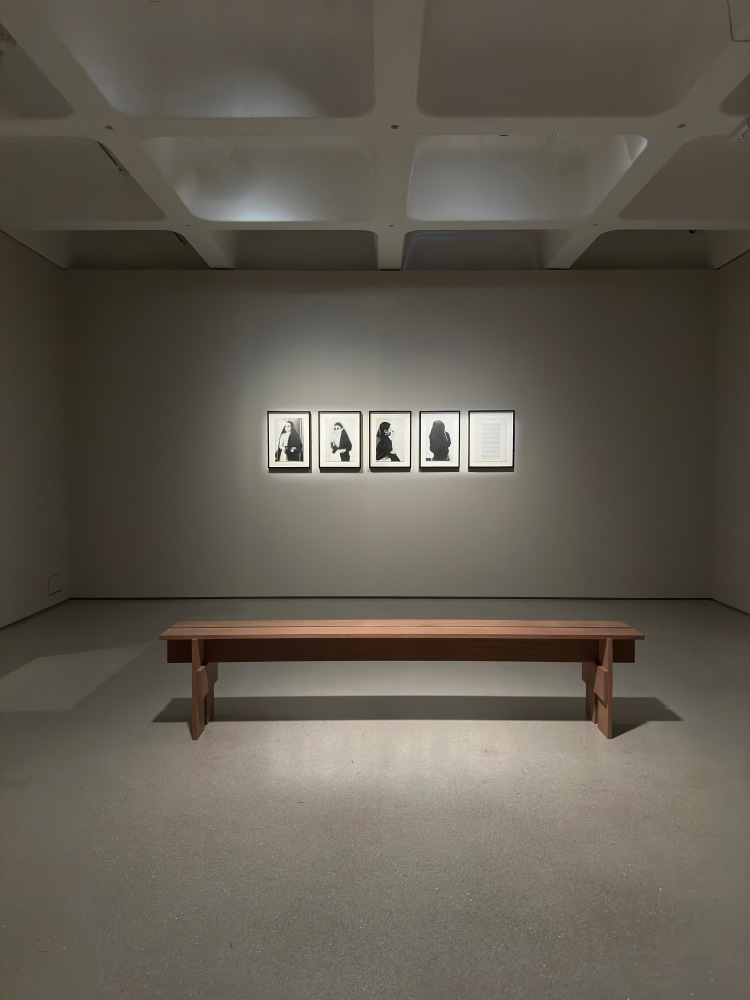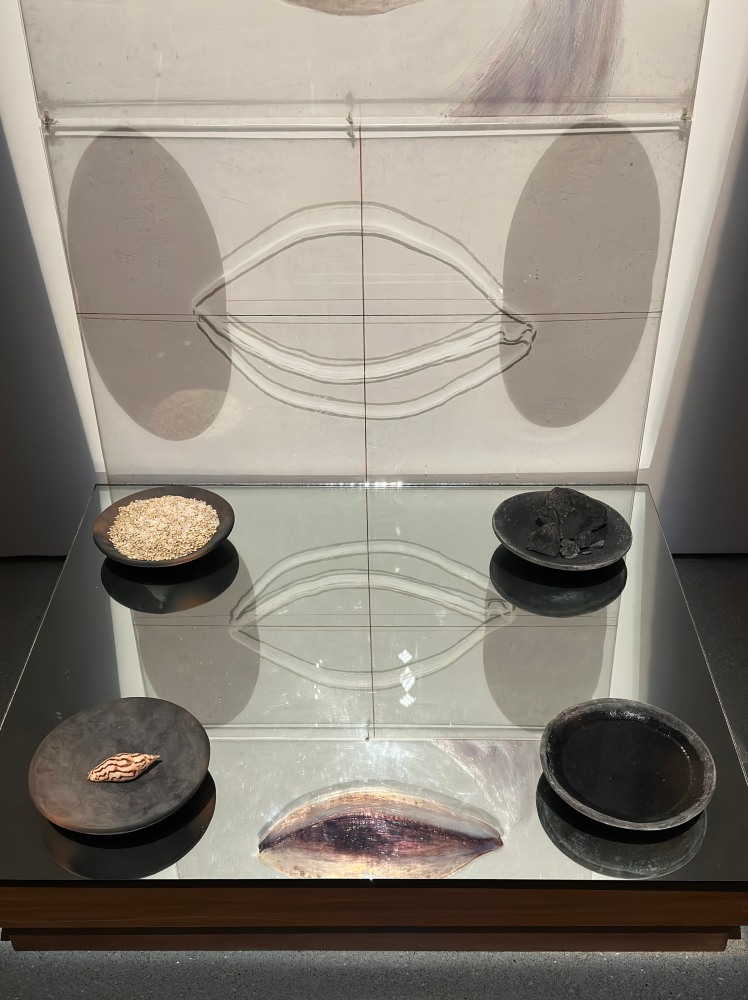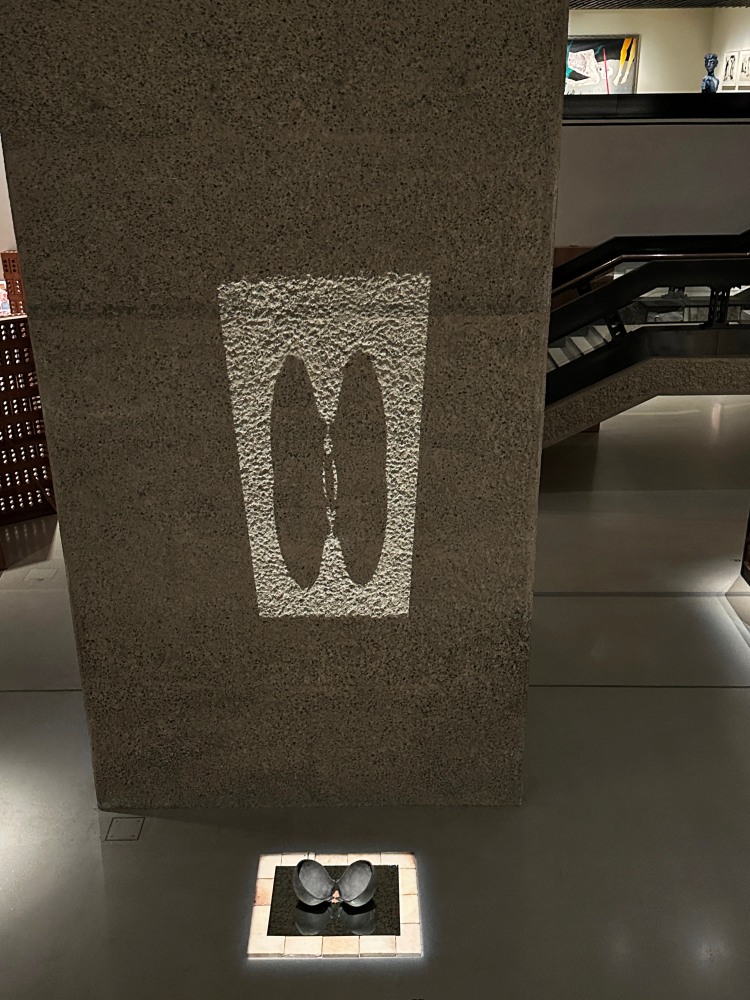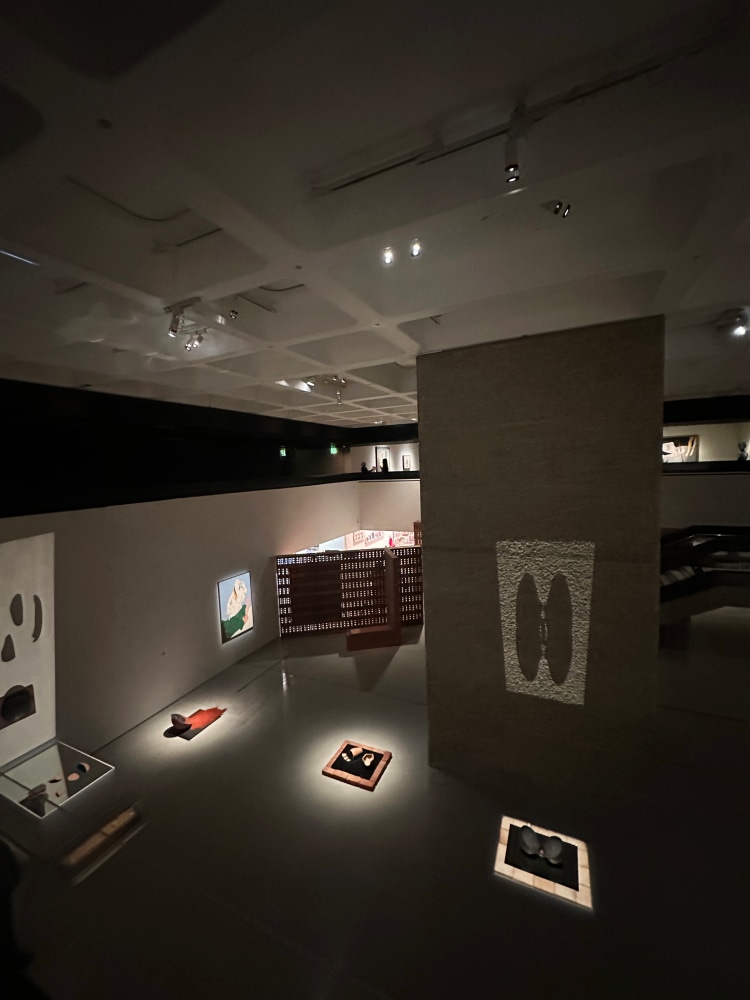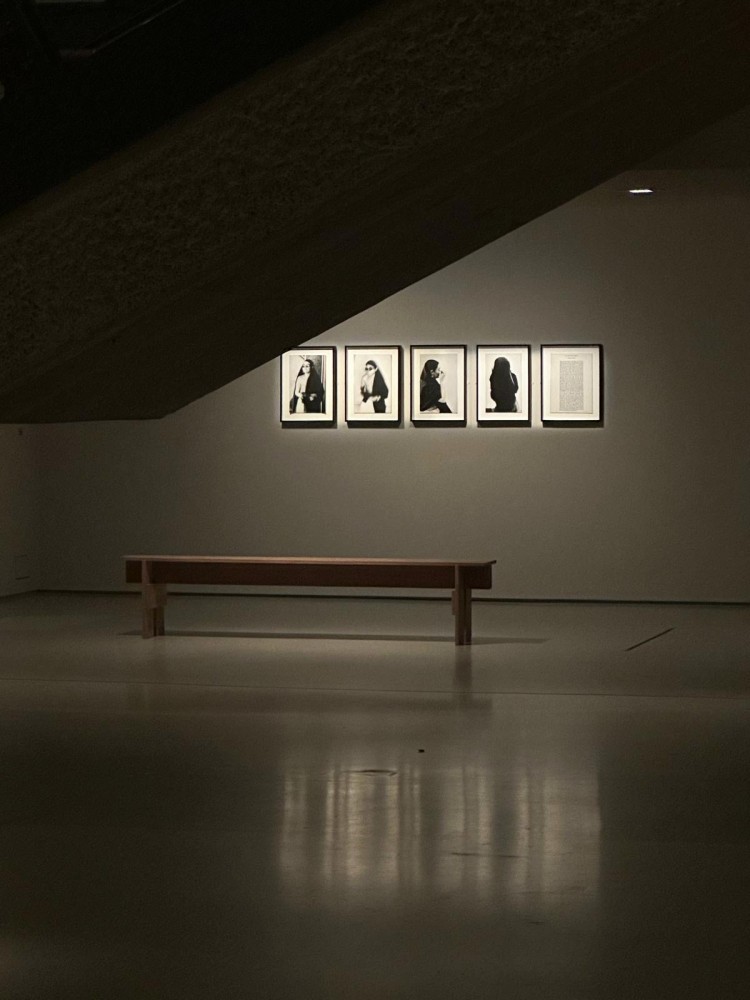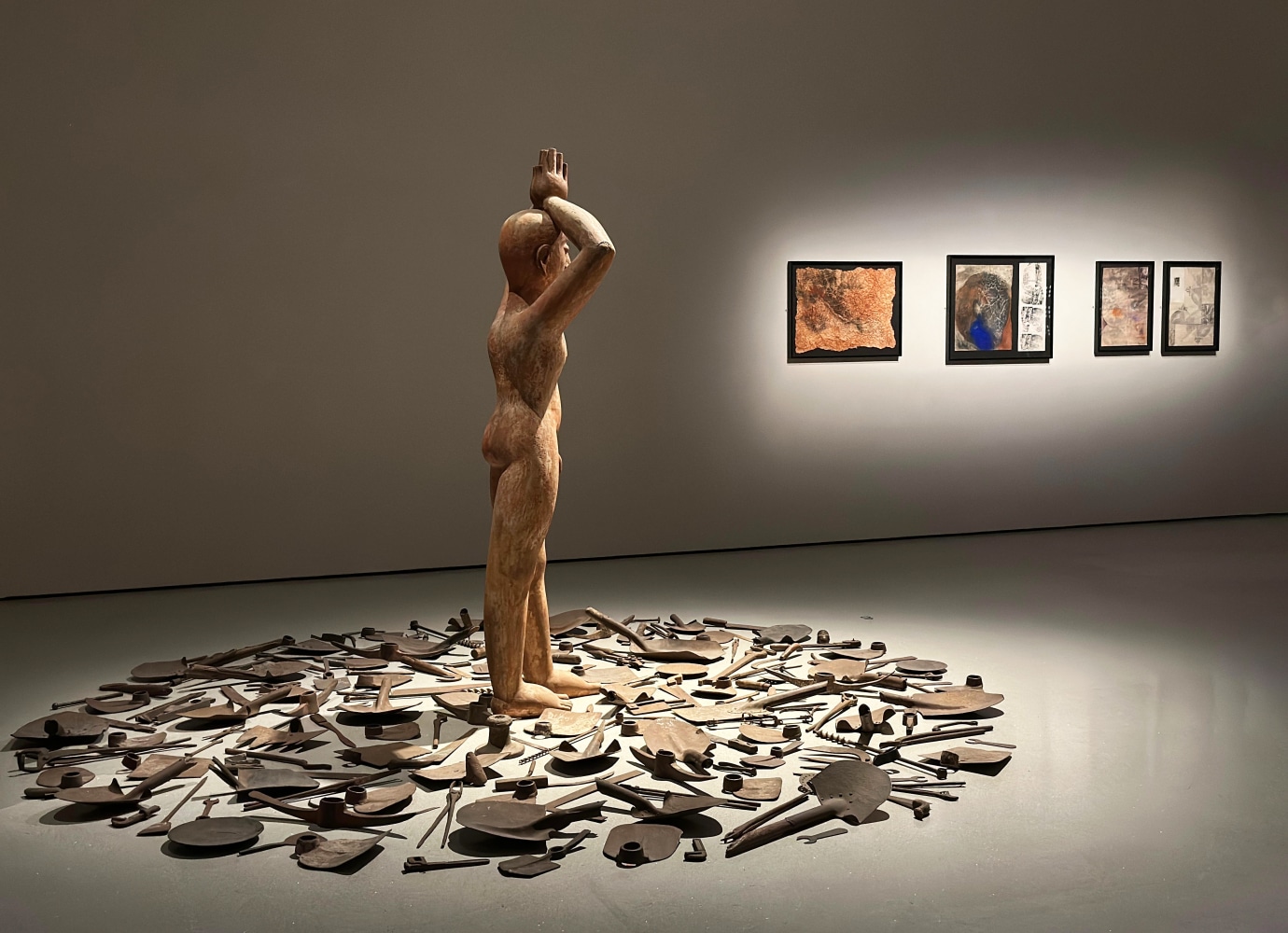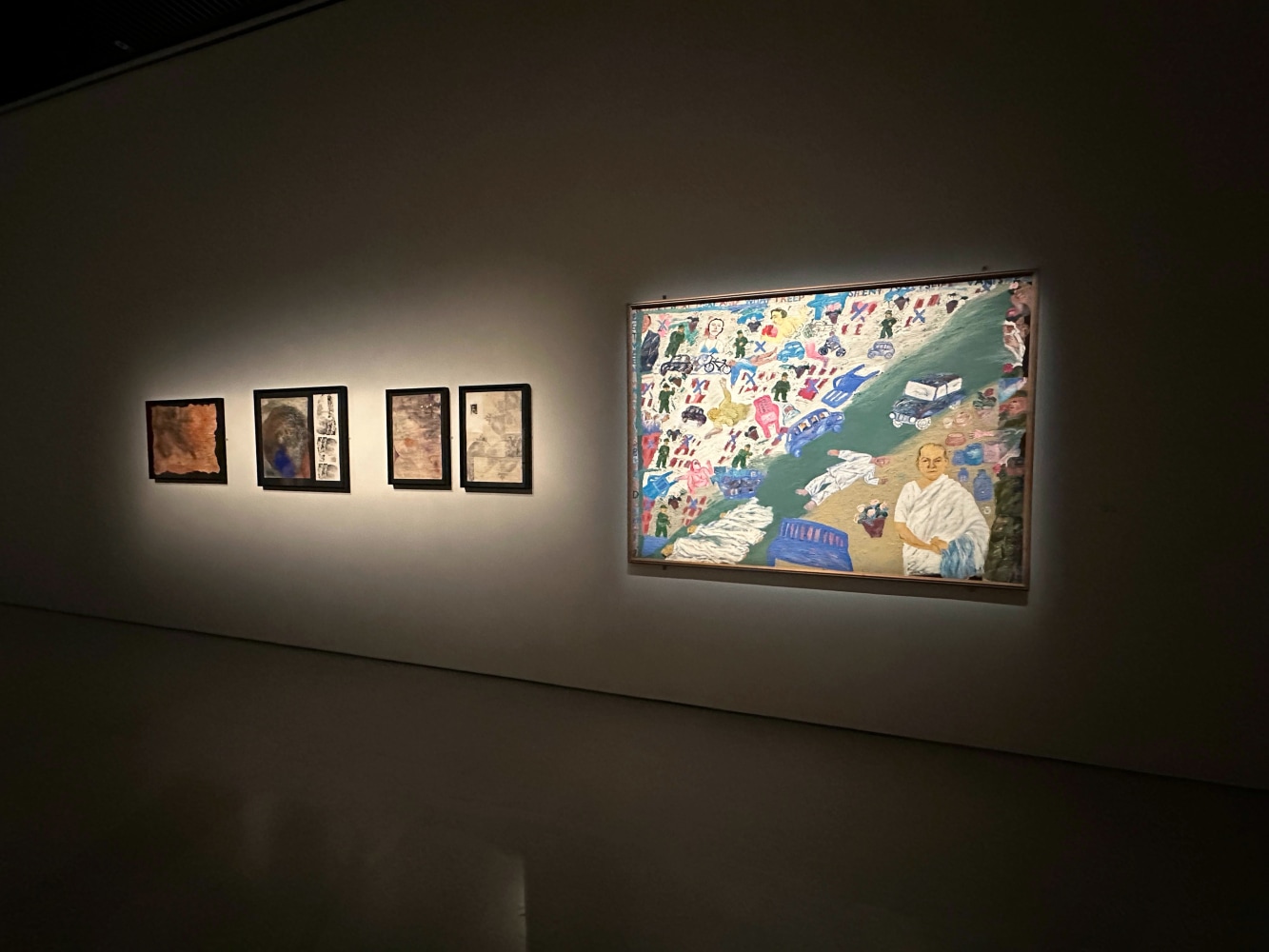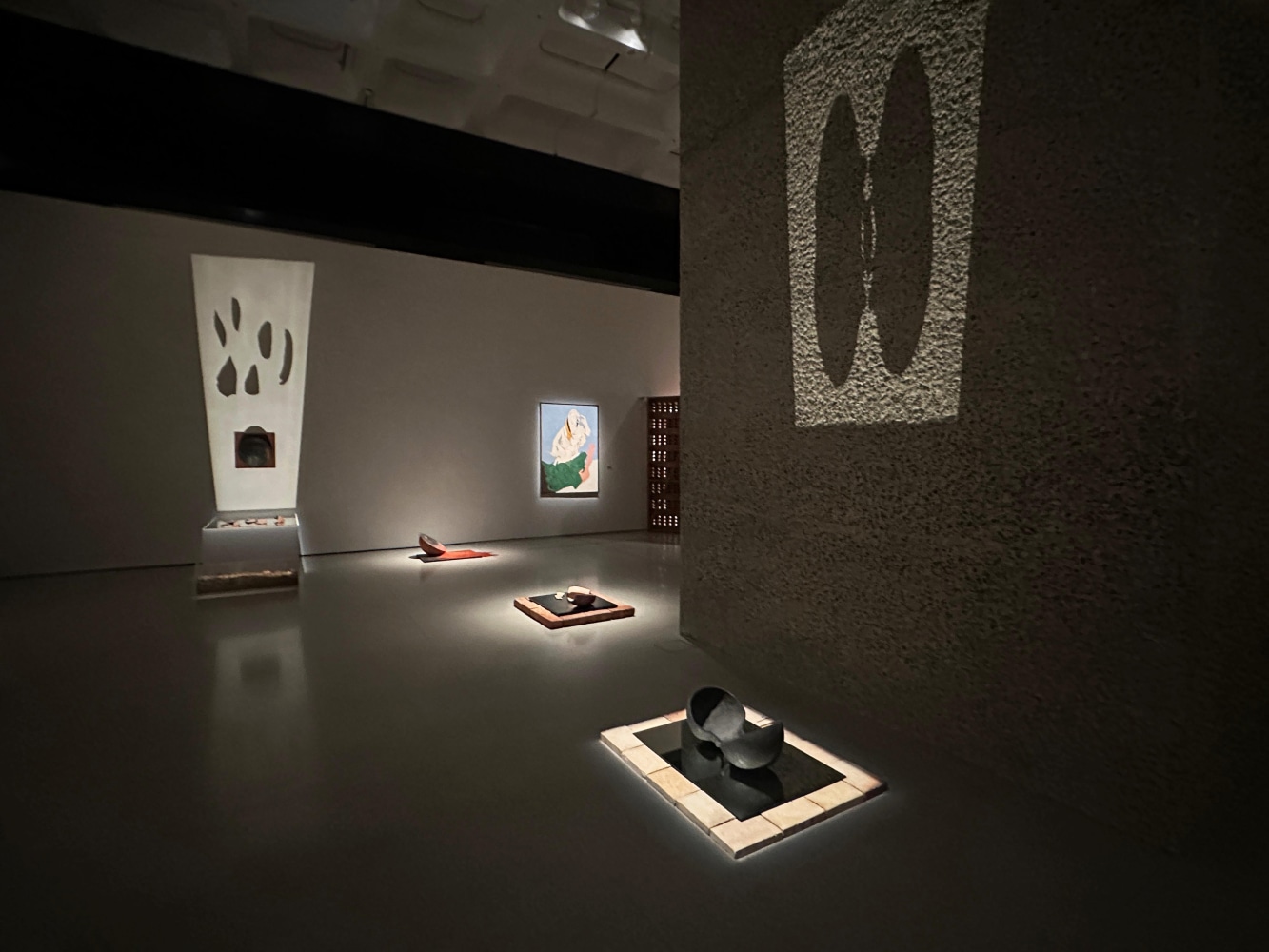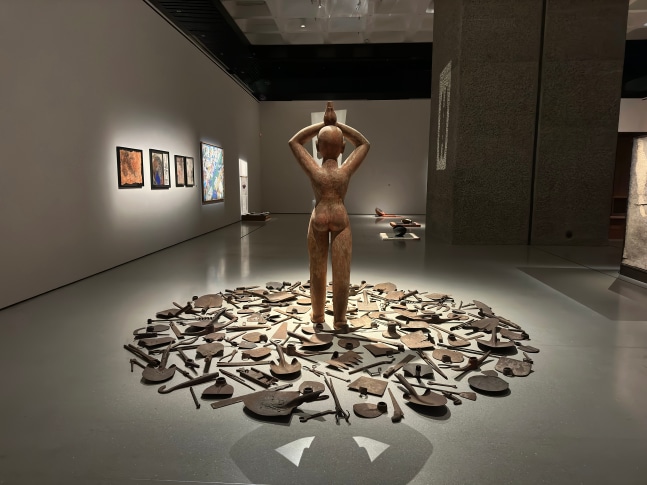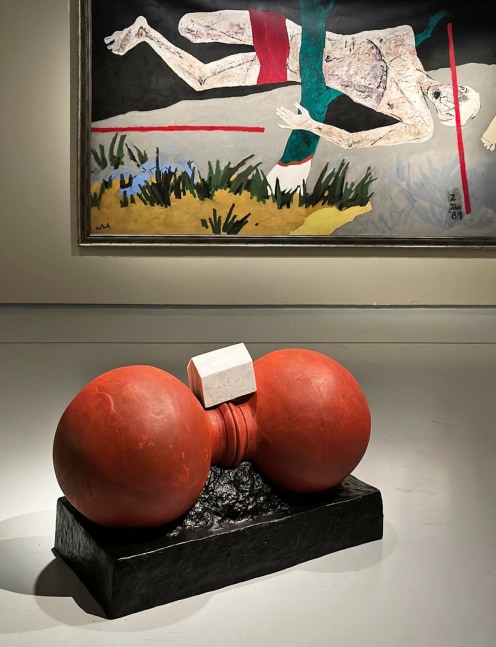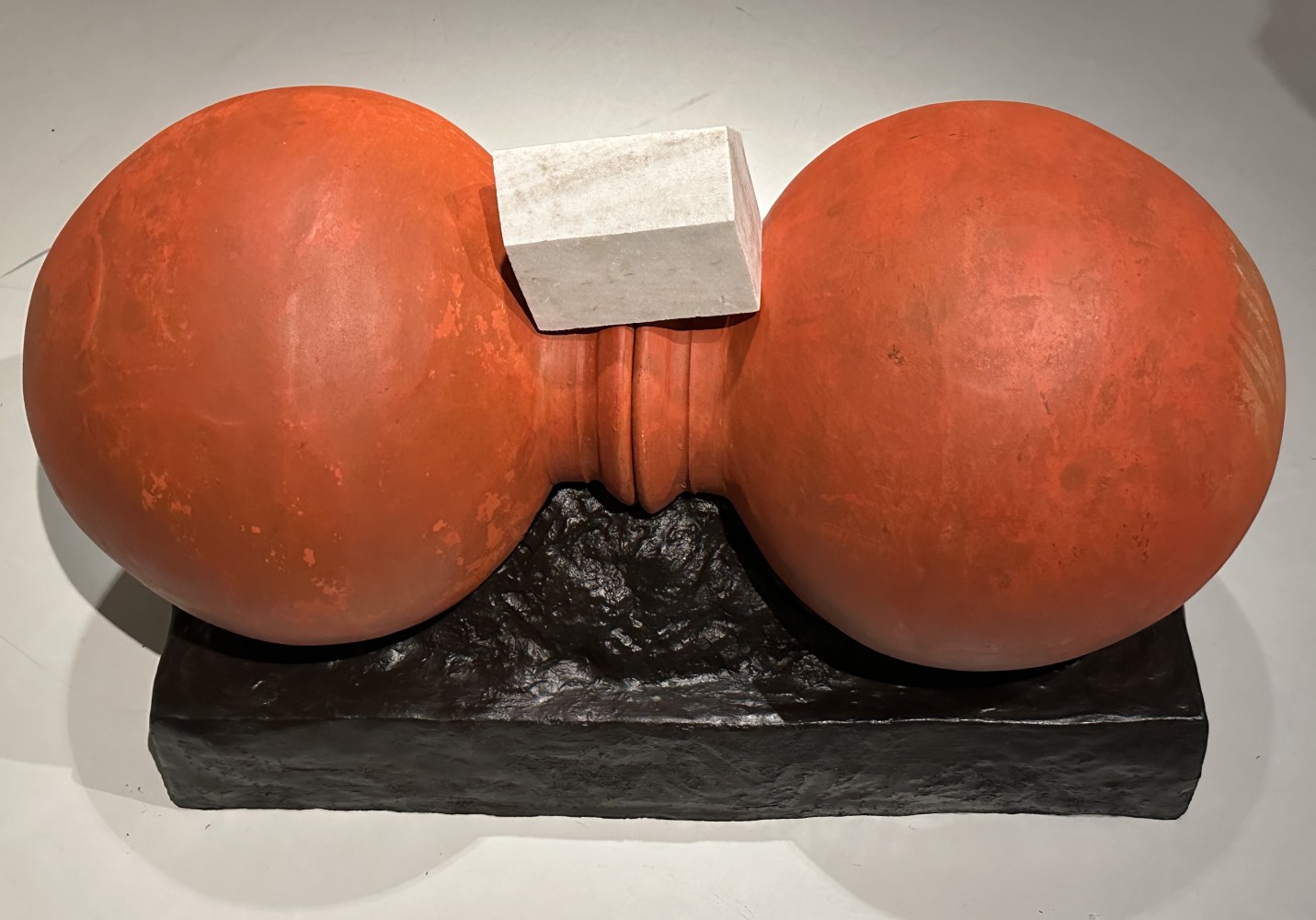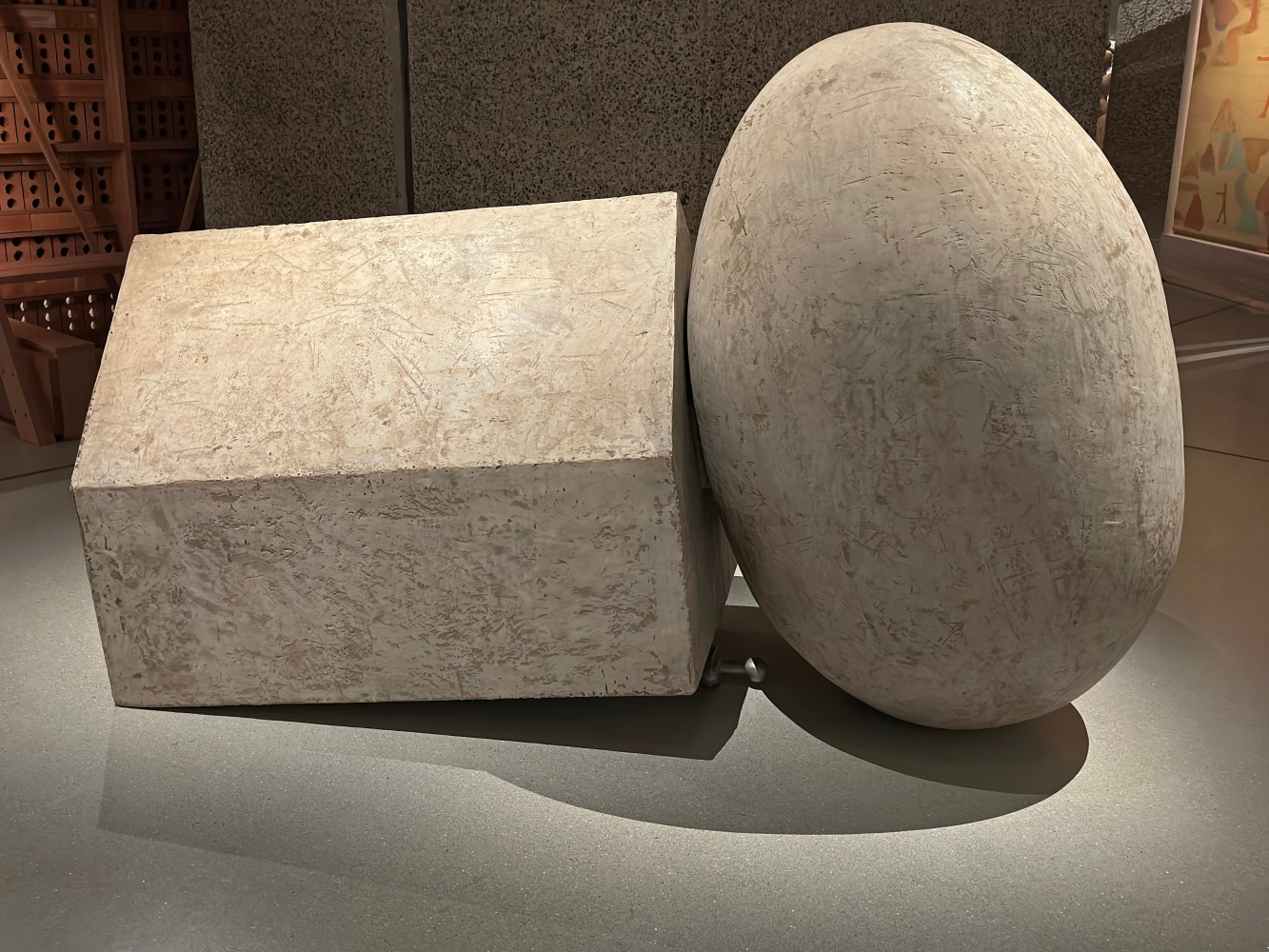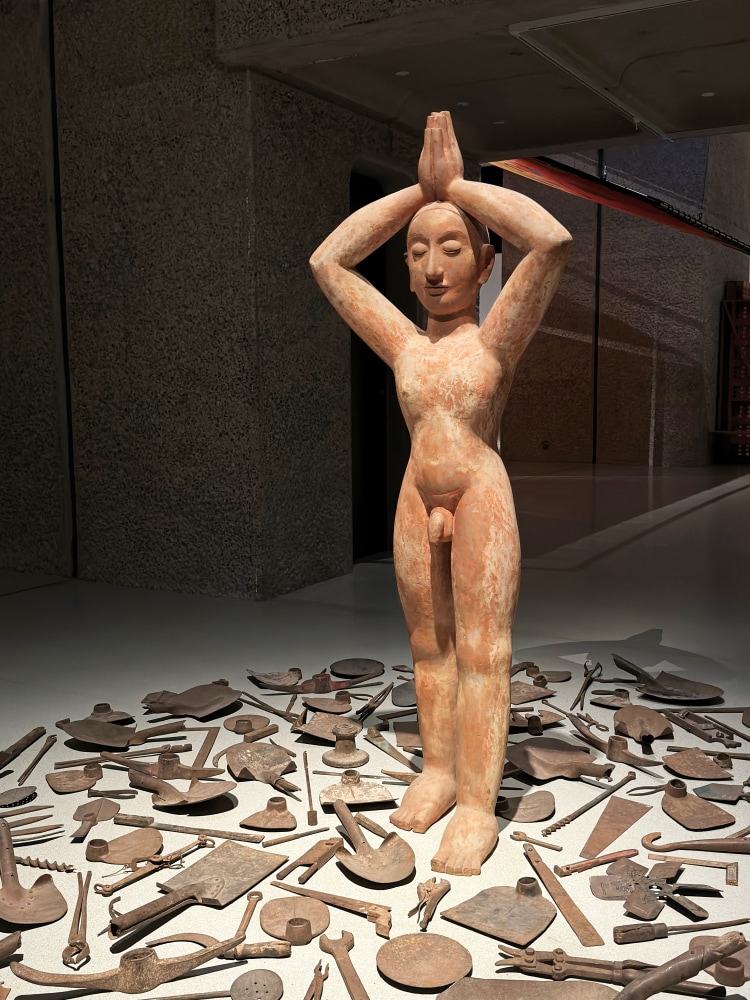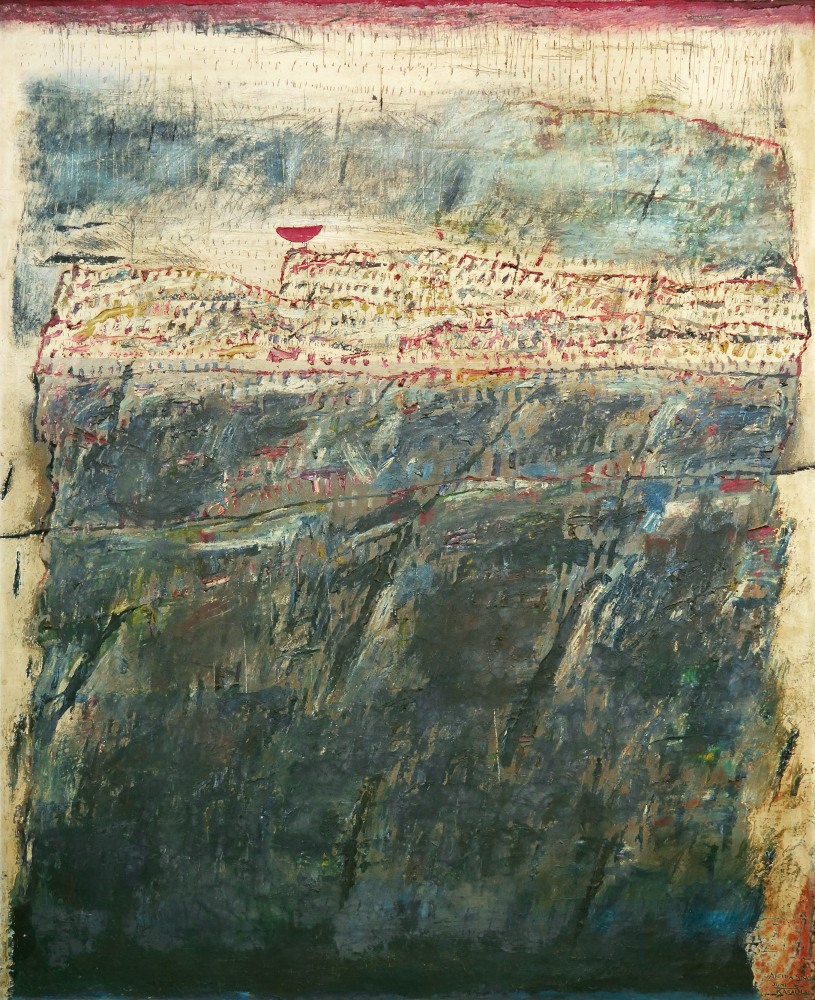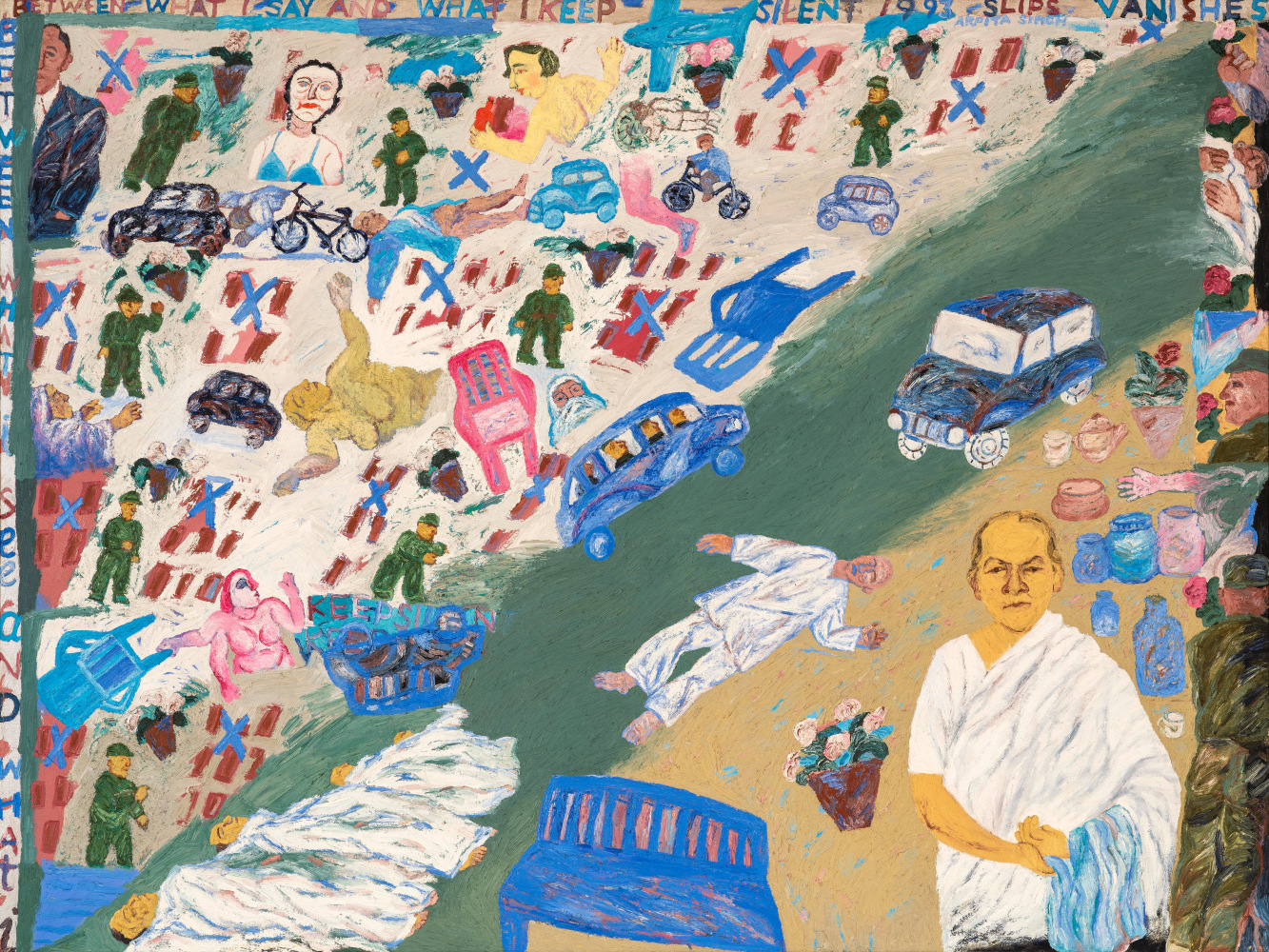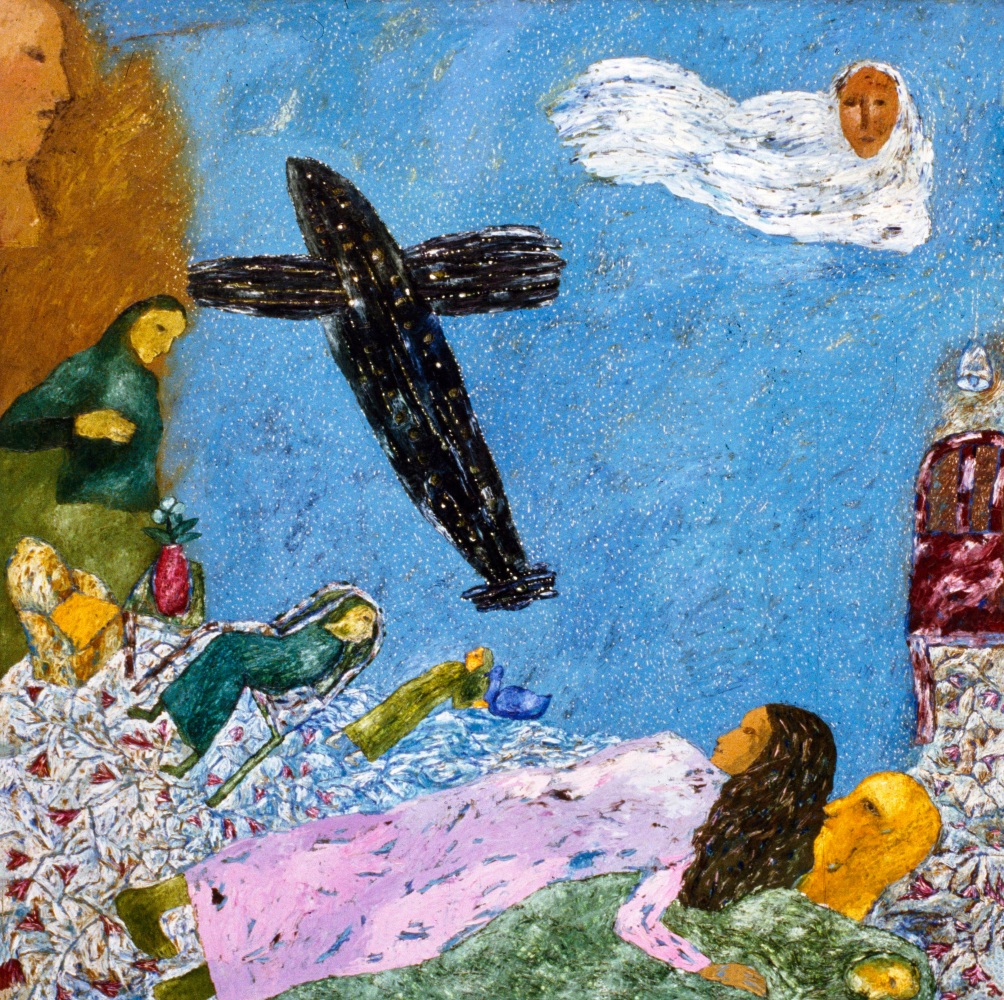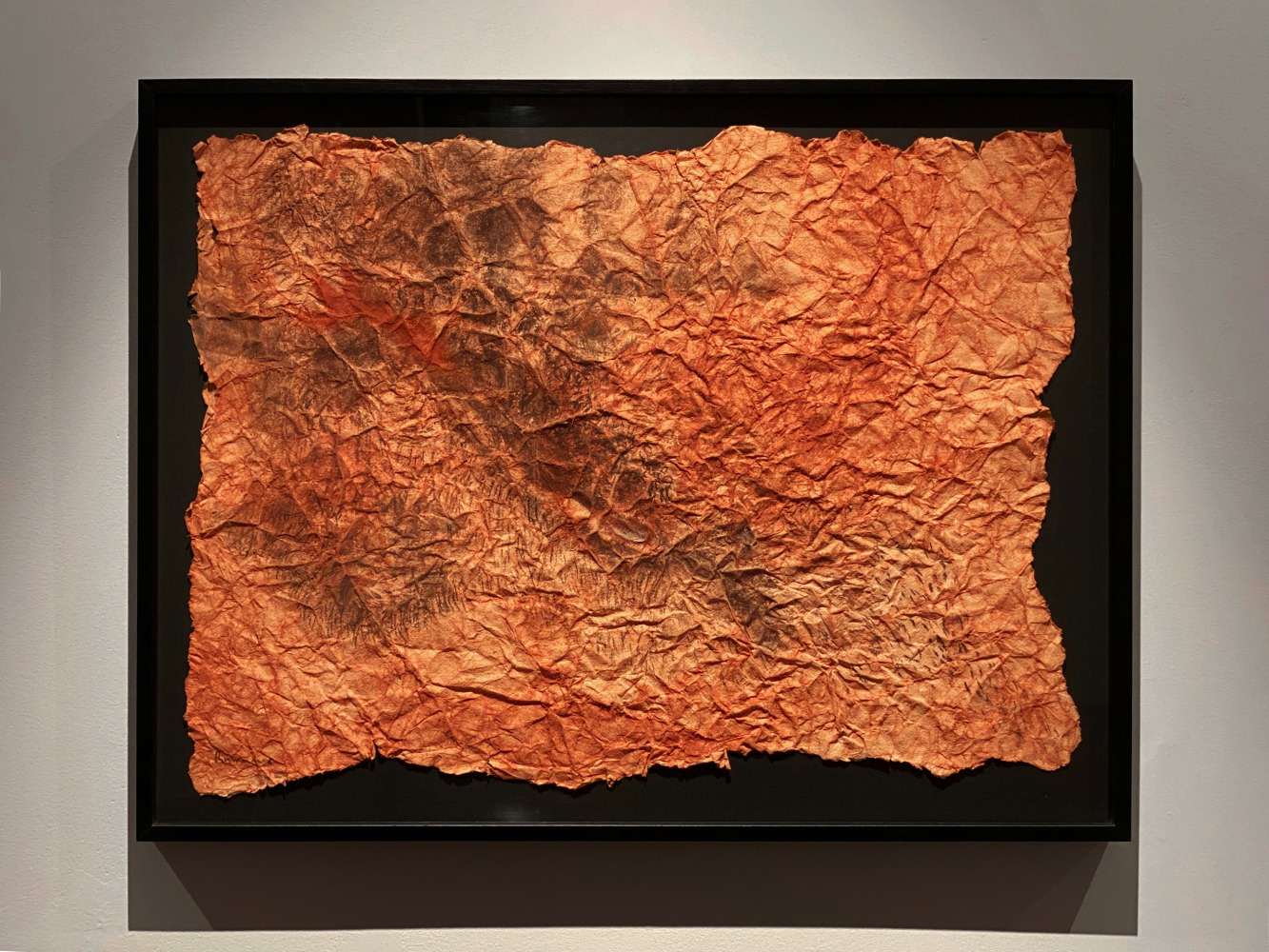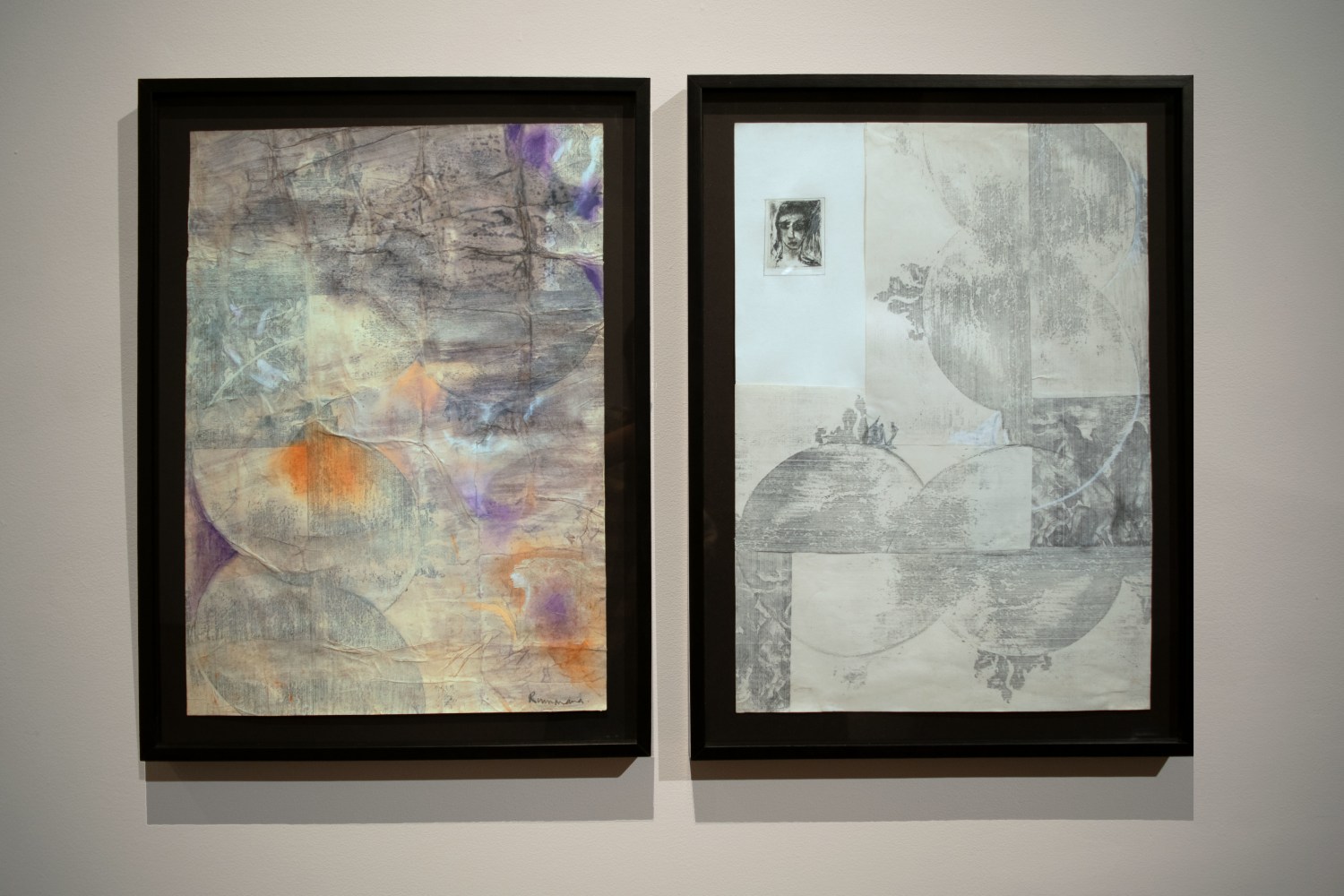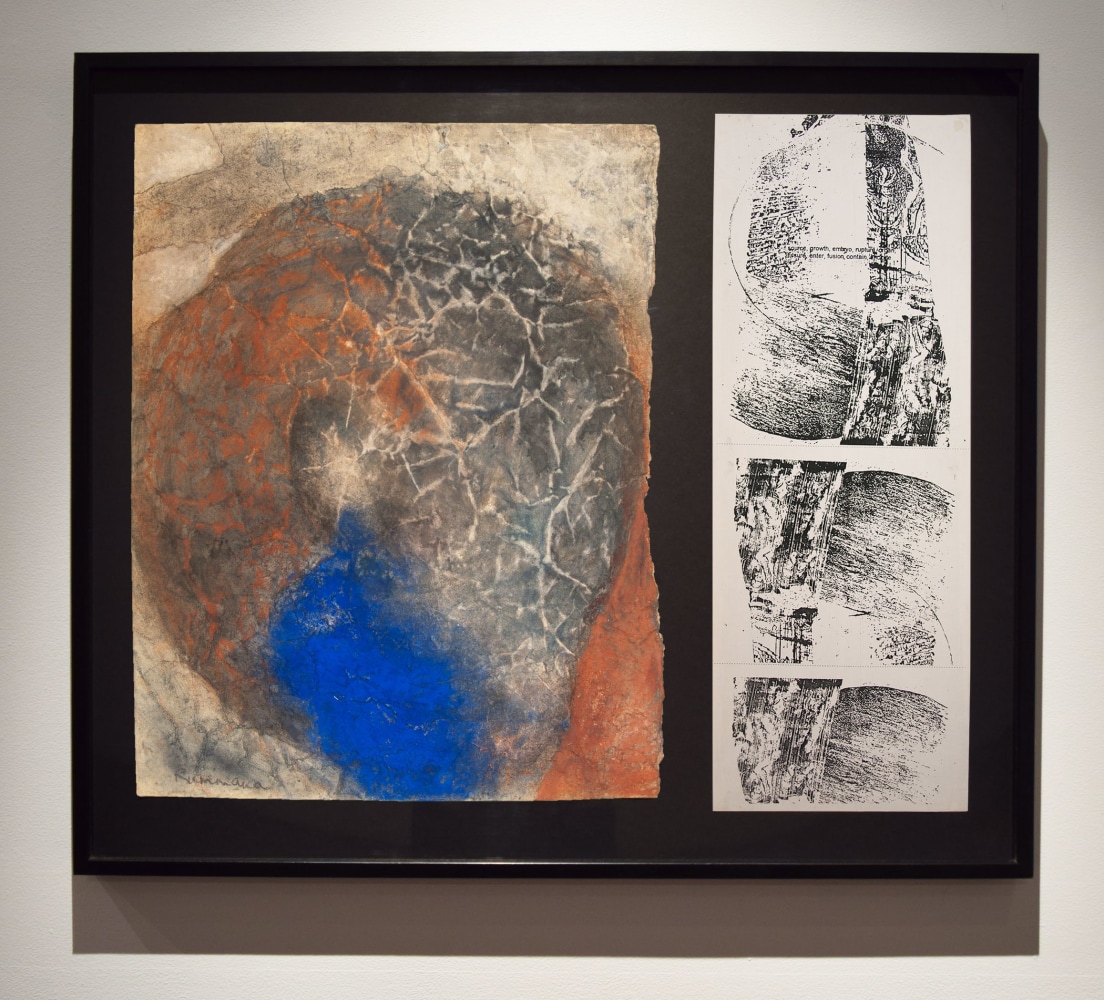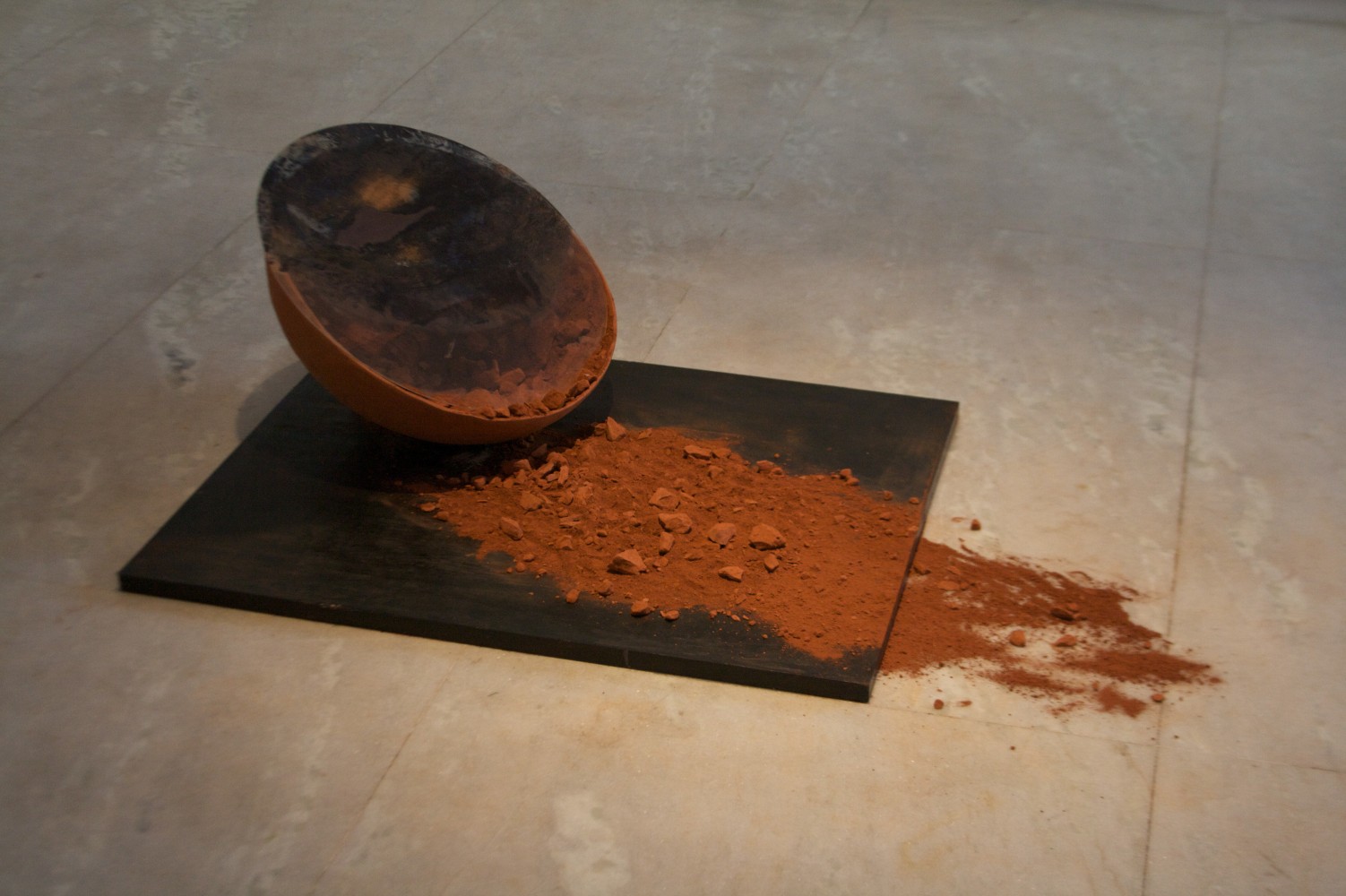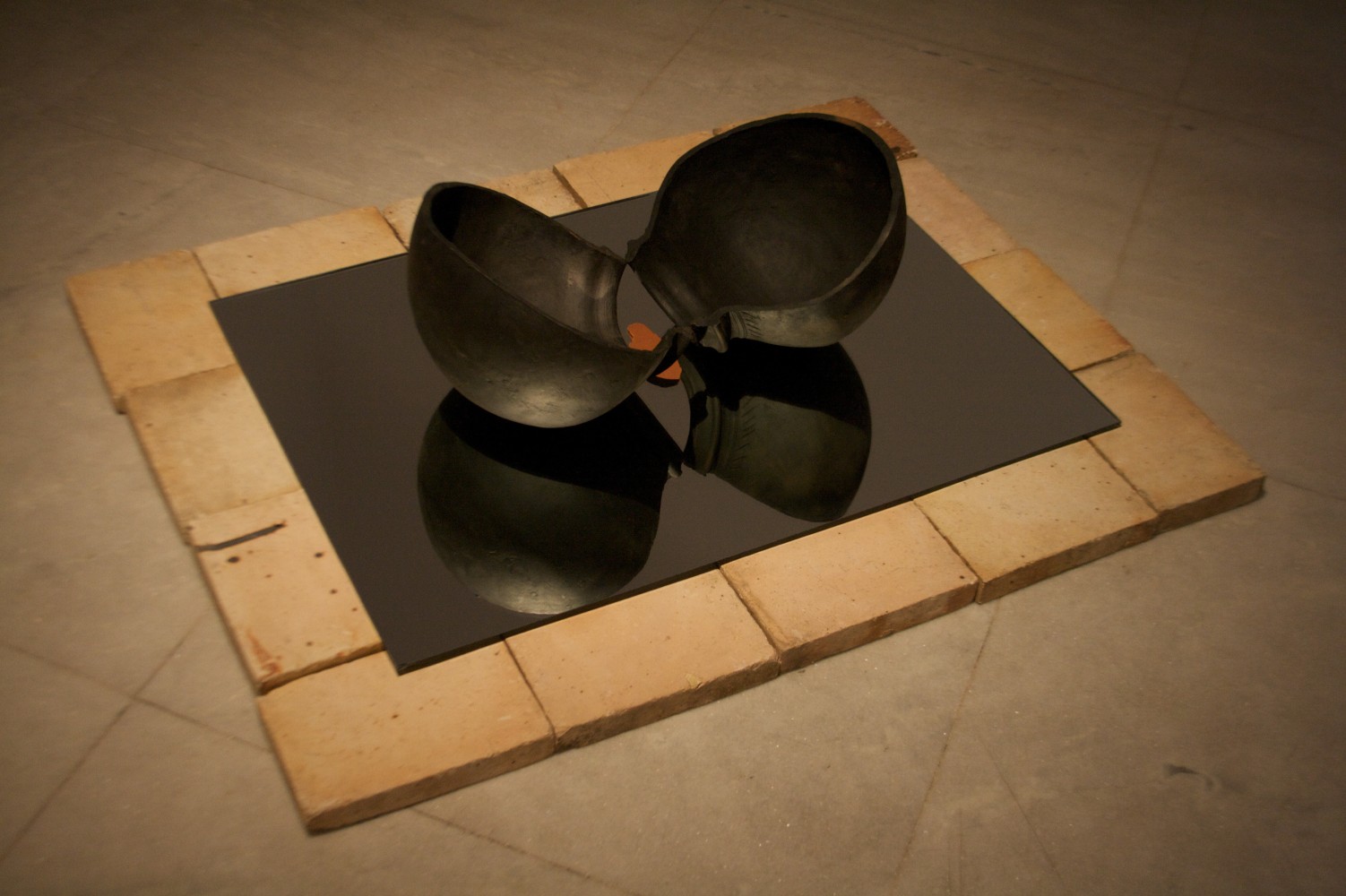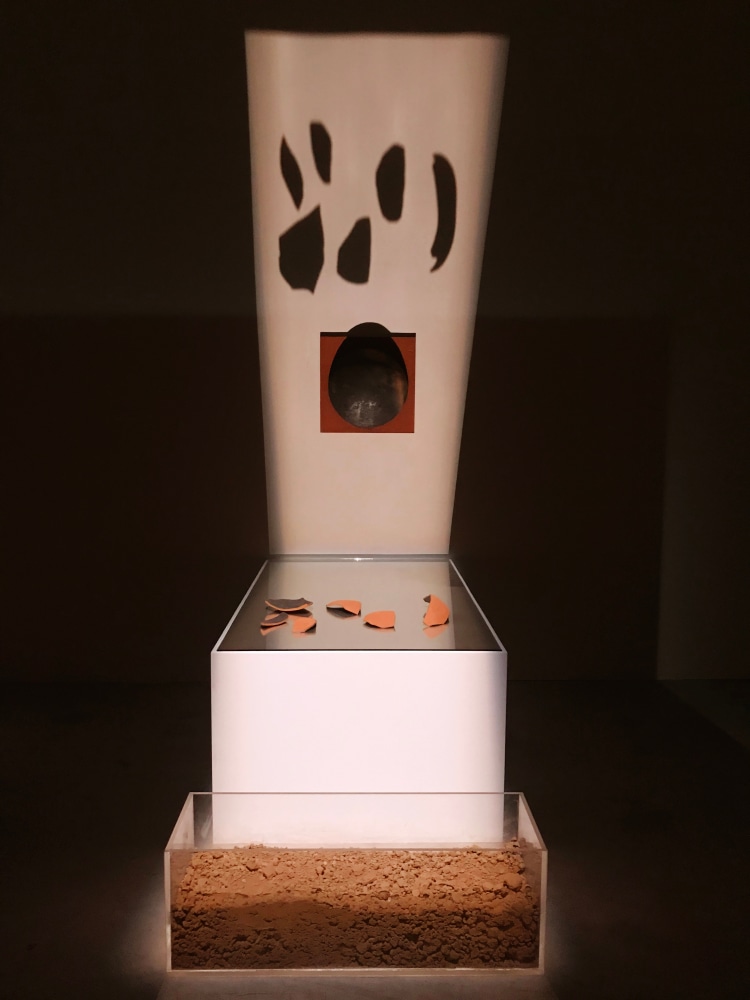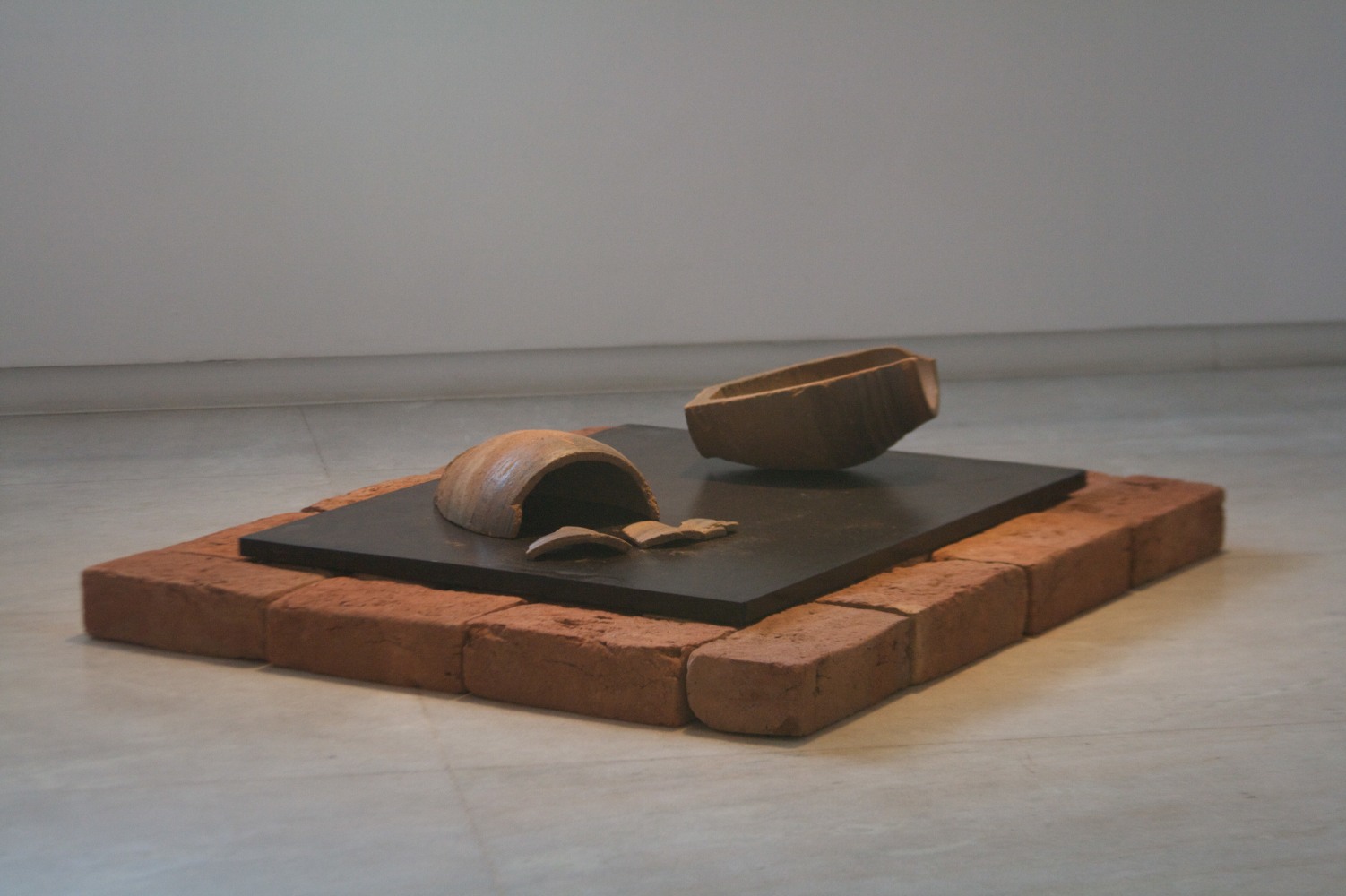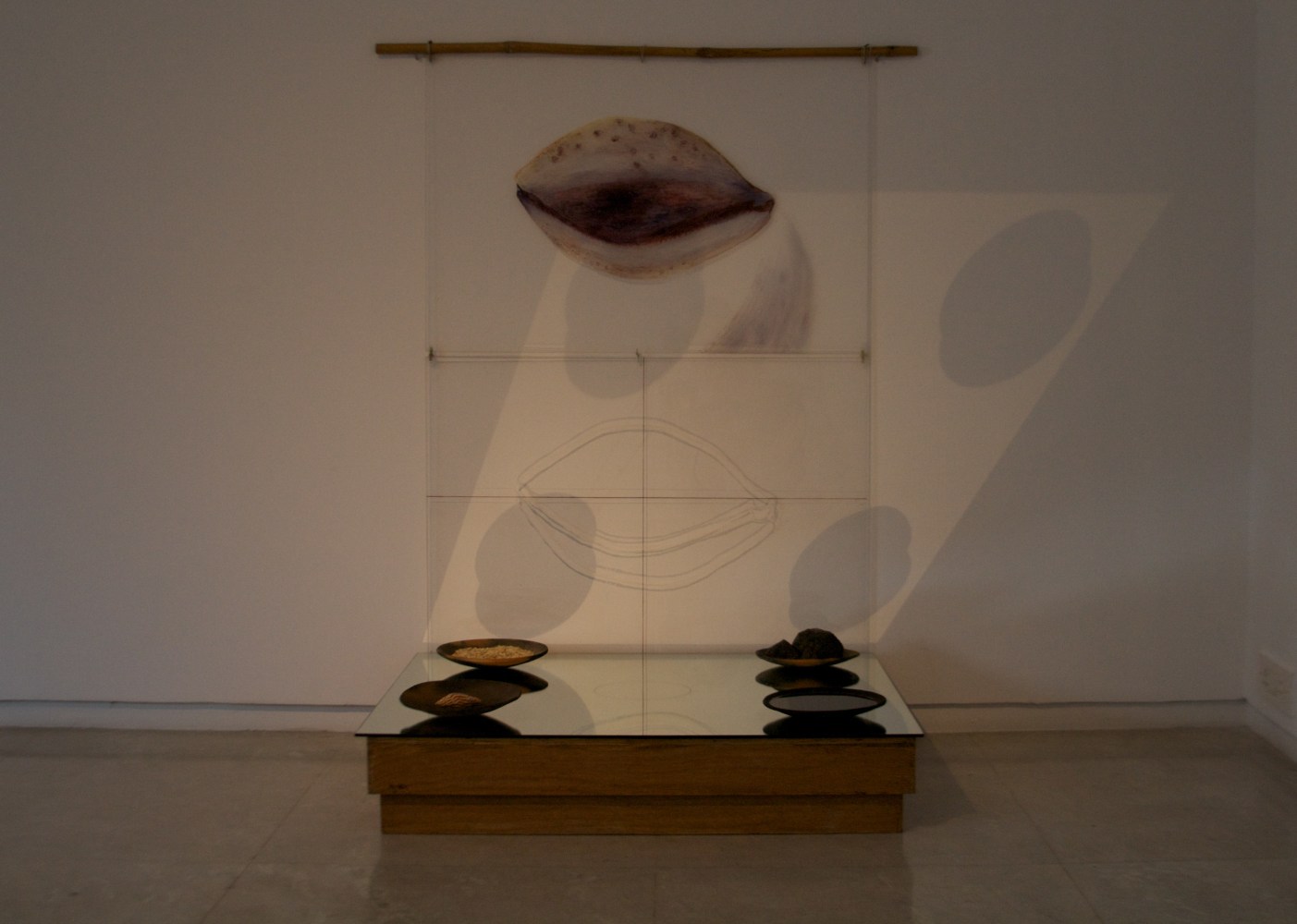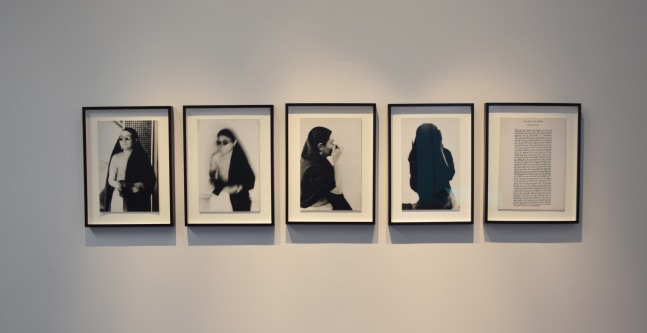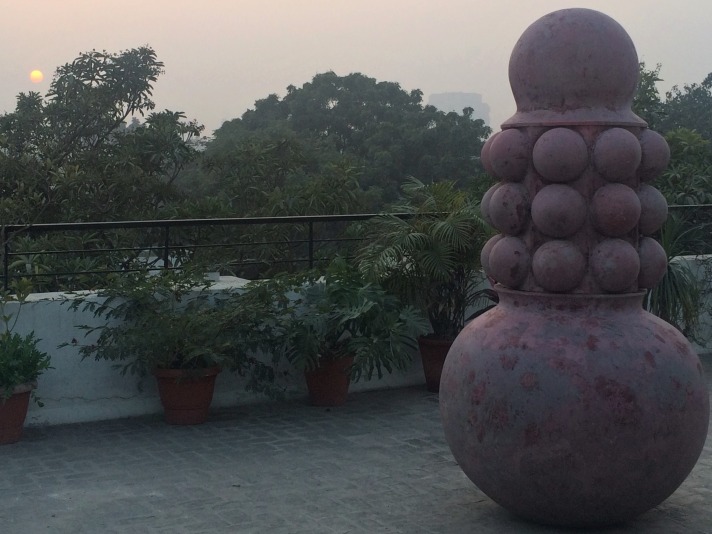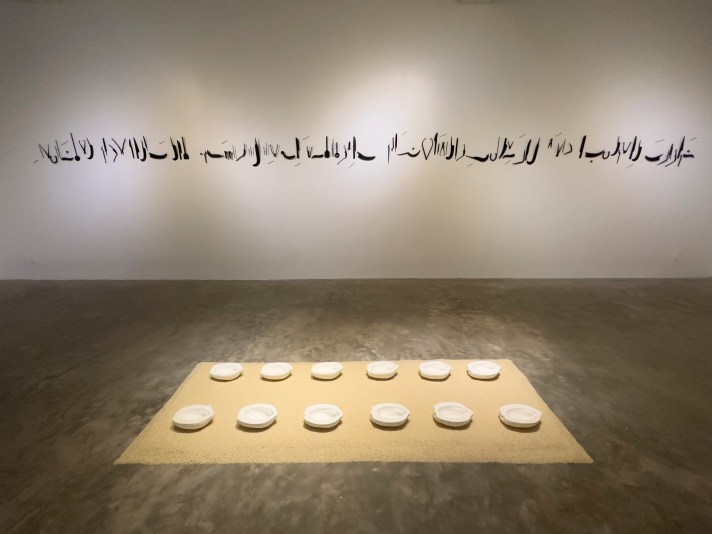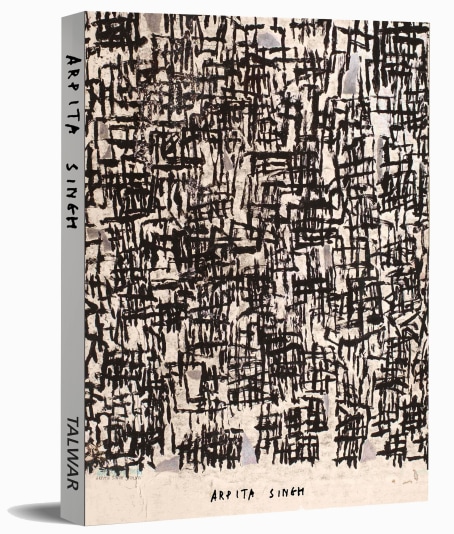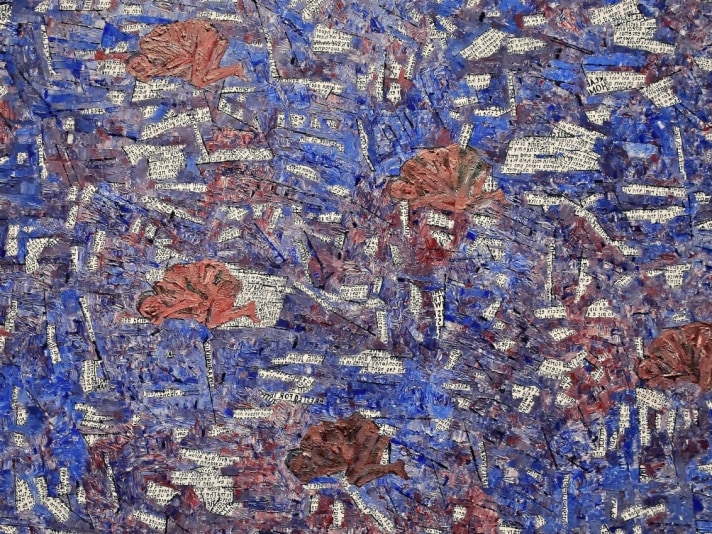
A landmark group exhibition of art made in response to India’s changing cultural-political landscape during pivotal years bookended by two transformative events in India’s history: Indira Gandhi’s declaration of a state of emergency in 1975 and the Pokhran nuclear tests in 1998. The fraught period between these years was marked by social upheaval, economic collapse, and rapid urbanisation.
Within this turbulence, ordinary life continued, and artists made work that distilled historically significant episodes as well as intimate moments and shared experiences. Across a range of media, the vivid, urgent works on show – about friendship, love, desire, family, religion, violence, caste, community, protest – are deeply personal documents from a period of tremendous change. This is the first institutional exhibition to cover these definitive years, with many works never before seen in the UK.
The artworks on display...vivify India's extraordinary metamorphosis.
The Guardian
You can fight, you can make art, or you can just live.
The Indian artists in the Barbican's big autumn show do
all three.
TimeOut
In mediating between assemblage, photography, sculpture and performance, Rummana Hussain (b.1952), who once painted allegorical canvases, balances the objective images of reality and the subjective experience of the senses. The uncertain political and social realities of life and environment at the personal level as well as at the level of the citizen are central to her preoccupations.
Kamala Kapoor
What is a dreamlike, imaginative world to you is a real world for me. The forms are actual in that given space and the moment they appear their relationship is established. The same things happen in the ‘real’ world. The forms long for each other. And they bring each other too. There is nodifference between the pictorial world and the real one.
Arpita Singh
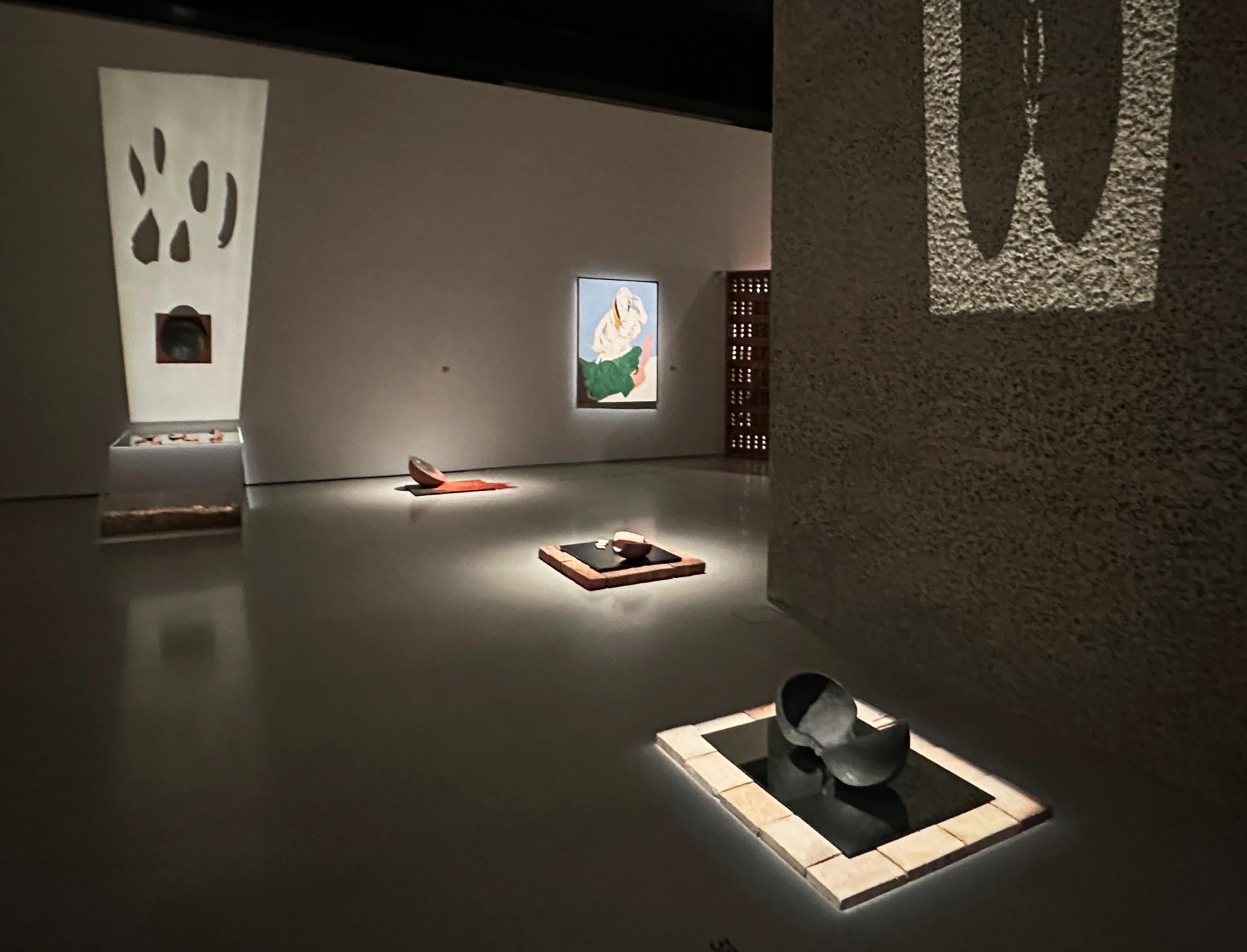
Rummana Hussain and Tyeb Mehta | Exhibition View
Rummana Hussain’s oeuvre exists in two parts—one, her early figural works on canvas and paper from the 1980s, and the other her pioneering installations, sculptures and performance works that were among the first in India. During the early 1990s Hussain increasingly turned away from the materials of traditional “high” art, appropriating the material of domestic work—gheru, indigo, terracotta—as creative tools. Digging past the archaic symbolisms that at the time surrounded the female body - woman as a pure virgin, as the body of a new Indian nation state, as mother-guider—Rummana presented a view of the individual woman, in all her complexities. The arc that began with these works accelerated with the social and communal unrests of the time. Hussain’s growing comfort with plurality allowed her to further embark on multi-layered explorations of the marginalized while employing a diversity of mediums including her own body. These seminal works of Hussain - bold, poignant, and provoking, are as relevant and essential today as they were when created almost a quarter-century ago.
It's necessary to emerge from our insular shells, to come together and try and develop symbols of secularism.
Rummana Hussain
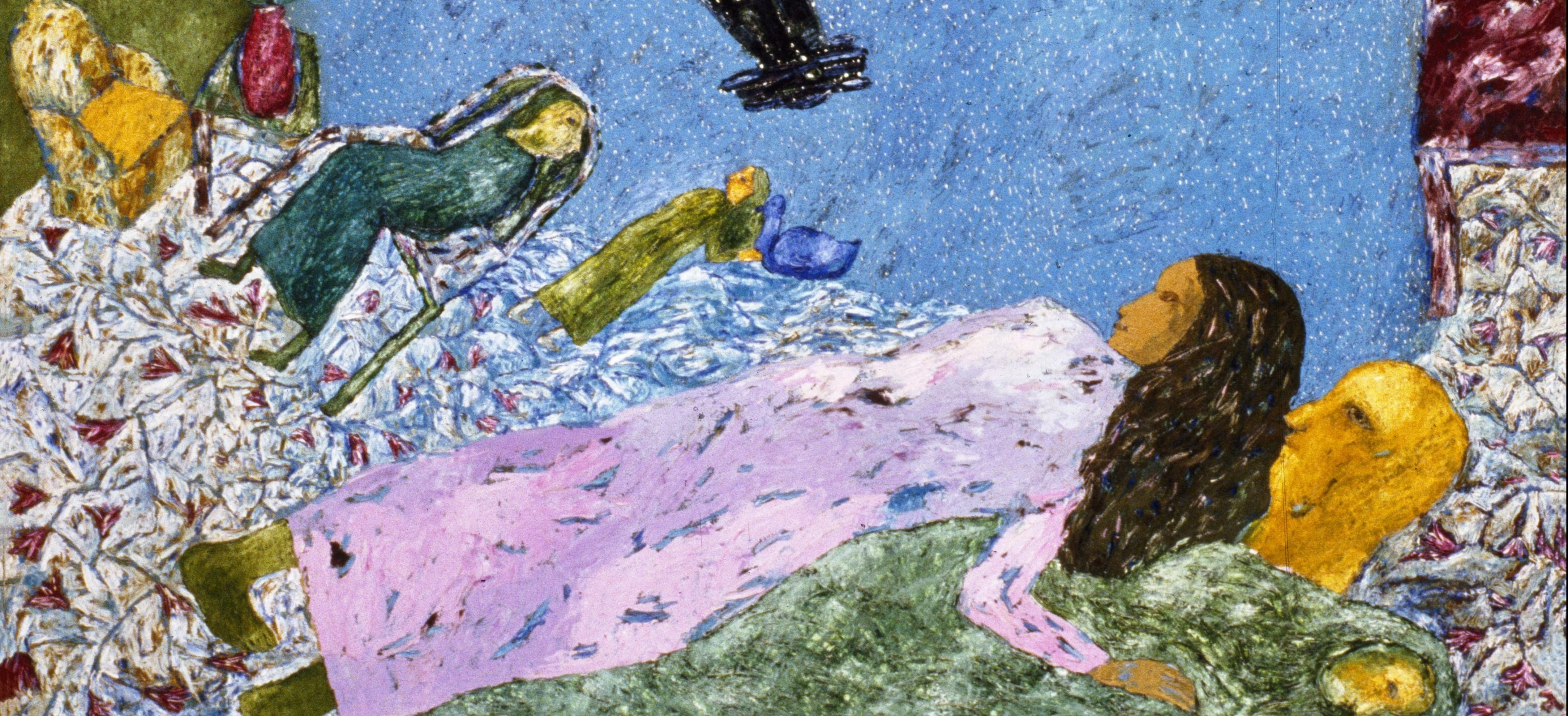
Arpita Singh
Seashore, 1984
Arpita Singh has long been celebrated for the large, figurative paintings - vibrantly colorful and iconographically dense, these works gesture towards mythology and folklore, while drawing on the expressiveness of the line and textures evolved and developed during her seminal period of 1973-82. Singular in their allusion to contemporary Indian life, Singh’s works forge a unique visual vocabulary and narrative sensibility that have had major influence on the generations of artists who have followed her.
The interaction between the home and the sacred, the connection between the ancient and the modern, and a harmonious balancing of different elements became the enduring preoccupations of Rimzon's work.
Shanay Jhaveri
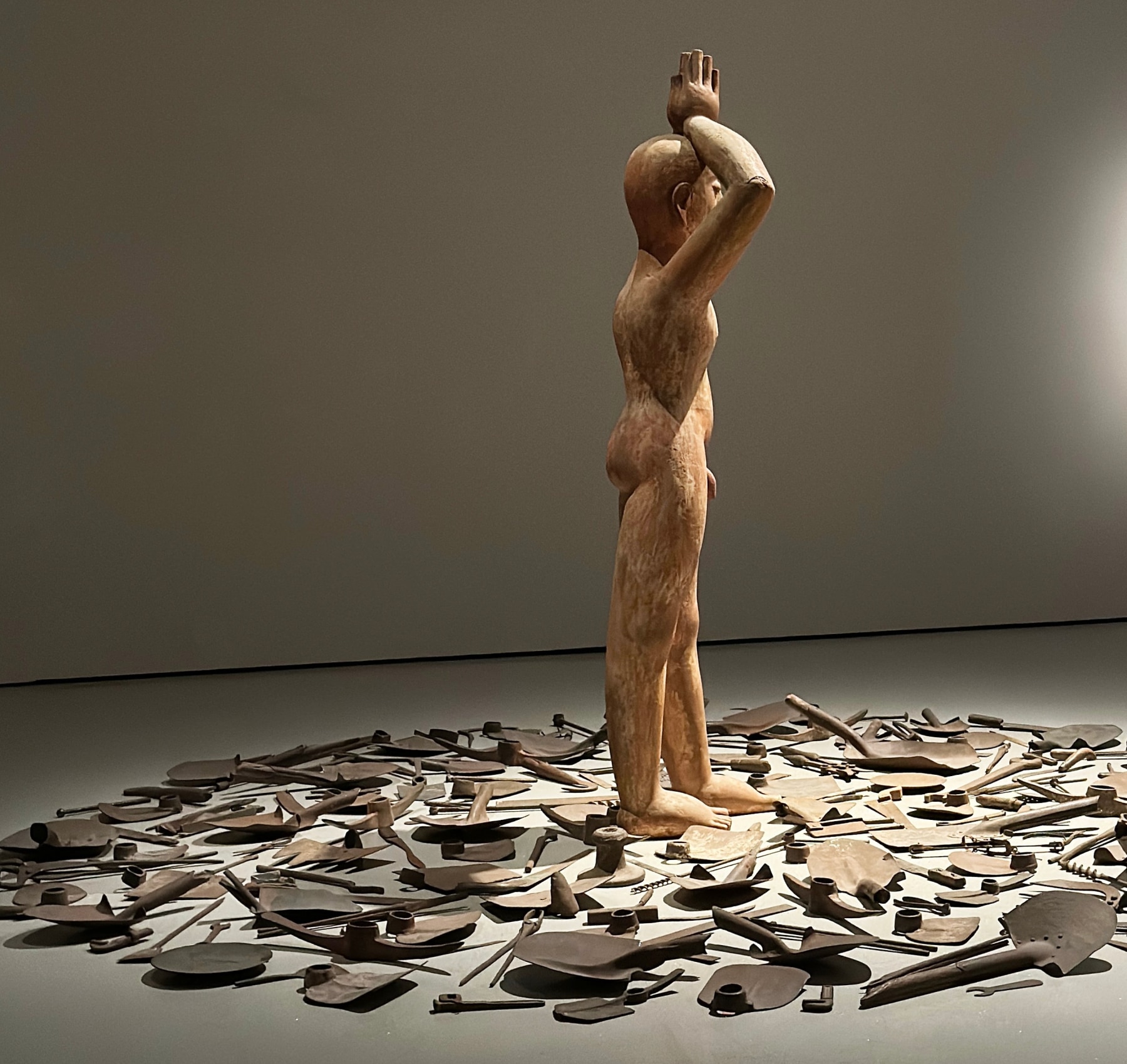
N.N. Rimzon
The Tools, 1993
N.N. Rimzon’s many-decade career has been devoted to work across media, including installation, sculpture, painting, and drawing. His early artistic formation, in conversation with the tenets of minimalism and conceptualism, has set him apart from a narrative tradition of painting in India. His works examine the relationship between art and life, which has evolved from his deep interest and respect for materials. Rimzon’s work balances recognizable representation with a profound sense of mystery. The figures in his work are symbolic, borderline mythological in their presentation, which follows the reoccurring themes of fecundity and divinity in his body of works. Connections between the natural world and the figure, where the concept of the figure and the environment are at odds, are explored in more narrative-style paintings. Rimzon affirms his practice as an extension of and distillation of the classical thought and traditions that have continued to infuse life and art in India for millennia.
Arpita Singh’s paintings… and N. N. Rimzon’s installations further capture the tenuous line separating an ever-shifting landscape and the sanctum of home. They consider whether the home can remain a refuge, immune from the surrounding disturbances, the landscapes in motion. Collectively, however, these works demonstrate that life must continue despite and within these contested terrains.
Shanay Jhaveri
View More On:
Rummana Hussain
Arpita Singh
N.N. Rimzon

